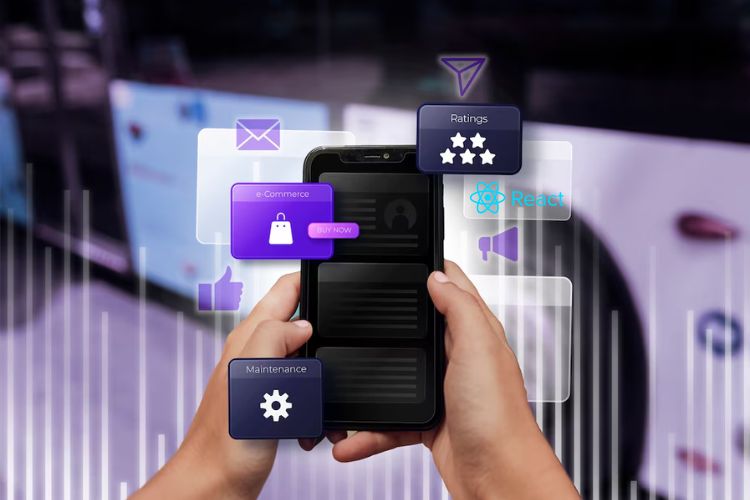
Setting up a successful sales appointment is a key step in the sales process, especially in B2B sales. A well-executed appointment can pave the way for meaningful conversations that drive conversions. With the right strategies, sales teams can use B2B appointment setting services or in-house methods to streamline the process and improve results. Here’s a comprehensive guide on how to set up a sales meeting setup that leads to valuable sales qualified meetings.
1. Understand the Prospect’s Needs
The foundation of any successful sales appointment setup is a deep understanding of your prospect’s needs, pain points, and goals. Sales teams should take the time to conduct thorough research on the companies and individuals they’re targeting. Use LinkedIn, company websites, and industry reports to gather valuable insights into the prospect’s current situation.
A personalized approach, grounded in knowledge, increases the chances of setting up a sales qualified meeting. Understand their challenges, what solutions they may be seeking, and how your product or service can add value to their business. By aligning your offer with their goals, you can position yourself as a partner rather than just a vendor, making it much easier to secure a sales meeting.
For example, if your service helps companies streamline their lead generation process, you could offer a case study or testimonial from a similar business in their industry. This shows that you’re not just offering a generic solution but one proven to work for businesses like theirs.
2. Choose the Right Time and Method for Contact
The timing and method of outreach are critical for success. If done incorrectly, cold outreach can result in a lost opportunity or even damage the relationship before it starts. When using an appointment setting strategy, these teams often leverage data analytics and CRM tools to determine the best time to reach prospects. These tools track past interactions and optimize outreach based on the prospect’s behavior patterns.
On the other hand, if you’re handling the outreach in-house, consider the prospect’s time zone, work schedule, and preferred communication method. Some prefer email, while others may be more responsive via phone calls or social media platforms like LinkedIn. Be mindful of your messaging tone, especially in initial contact. Your message should be concise, respectful, and focused on the prospect’s business needs.
Offering multiple communication channels increases your chances of success. Consider using an email first to gauge interest, followed by a phone call or message on LinkedIn if necessary. An effective sales appointment setup strategy can make this process seamless, allowing prospects to pick the best times.
3. Craft a Compelling and Value-Driven Message
Once you understand the prospect’s needs and the appropriate outreach method, the next step is to craft a compelling message. A generic email or call script will not suffice. Your message must focus on the value you can provide the prospect, explaining how your solution can help them overcome their specific challenges.
When reaching out, ensure your message is personalized and directly tied to the prospect’s pain points. If you’re using appointment setting services, ensure the message aligns with your overall strategy and speaks to the value your business provides.
For example:
- Subject: “How [Company Name] Can Streamline Your Lead Generation Efforts”
- Body: “Hi [Prospect Name], I noticed that [Company Name] has been expanding into new markets and wanted to reach out to share how our lead generation service has helped similar companies in your industry drive more qualified leads and improve their pipeline efficiency. I’d love to discuss how we can help you achieve similar results. Are you available for a brief 15-minute call on [date]?”
The goal is to engage the prospect by focusing on how your solution directly benefits them. This will increase the likelihood of their accepting the sales meeting setup.
5. Confirm the Appointment and Send Reminders
Even the best-laid plans can fall through if appointments are forgotten or overlooked. Once a sales appointment is set up, it’s essential to send a confirmation email or message detailing the date, time, and method of the meeting. Additionally, send a reminder email 24-48 hours in advance to ensure the prospect doesn’t forget.
A well-structured confirmation message might include:
- Confirmation of the meeting details
- A brief reminder of what the meeting will cover
- Instructions on how to join the meeting (if virtual)
For instance: “Hi [Prospect Name], just confirming our meeting for [date/time]. We’ll discuss how our solutions can help [Company Name] increase sales and streamline your operations. Looking forward to connecting!”
Sending reminders also allows you to reiterate the value you’ll be offering during the meeting, which increases the likelihood of your prospect showing up prepared and engaged.
6. Prepare Thoroughly for the Appointment
Preparation is essential for a successful sales meeting setup. Review the prospect’s business, challenges, and goals to ensure a productive meeting. It’s also helpful to anticipate questions they may ask about your solution, pricing, or implementation processes.
If you’re using appointment setting services, provide them with all the information they need to schedule the meeting effectively. The more data they have on the prospect, the more likely they are to set up truly valuable sales qualified meetings.
During the meeting, don’t just sell your product—actively listen to the prospect, ask questions to uncover further pain points, and adjust your pitch accordingly. The goal is to align your solution with their needs and show how it can address their problems.
7. Follow Up After the Meeting
Follow-up is just as important as the appointment itself. After the meeting, send a personalized thank-you note or email expressing appreciation for their time. Summarize the key points discussed and provide any additional resources that may have been mentioned during the meeting.
For example: “Thank you for your time today, [Prospect Name]. I appreciate the opportunity to discuss how [Your Company] can help [Company Name] improve its sales process. As discussed, I’ve attached a case study on how we helped a similar company achieve [result]. Please let me know if you have any questions, and I look forward to continuing our conversation.”
Following up promptly and professionally reinforces the positive impression made during the meeting and increases your chances of converting the prospect into a customer.
Conclusion
A successful sales appointment involves research, timing, effective communication, and thorough preparation. Whether you’re utilizing B2B appointment setting services or managing appointments internally, these steps will help you create a streamlined process that results in sales qualified meetings and, ultimately, sales success.
By understanding your prospects’ needs, offering flexible scheduling, crafting a personalized message, and following through with reminders and follow-ups, you’ll be on your way to securing high-quality meetings and closing more deals.



















































